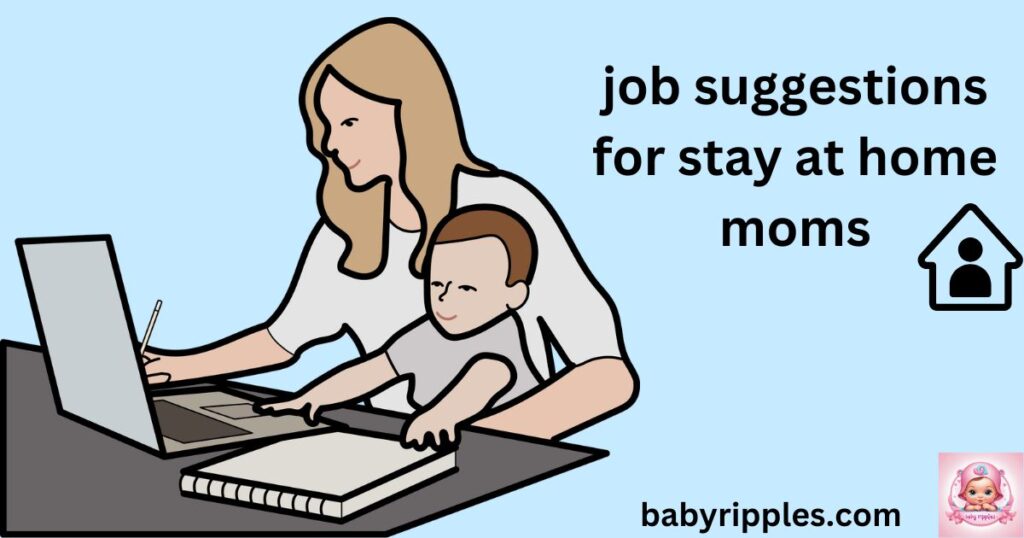I bet that parents won’t understand “what is a velcro baby.”on any situation while they are holding velcro.Indeed, it is reality.Let me to explain, as I have. A Velcro baby may be yours if they want to be carried constantly or cry the moment you put them down. A persistent need for physical contact and extreme clinginess are charming but challenging characteristics of certain infants. Actually, I had no idea what a “velcro baby” was until my third child was born. I felt that, opposing to my previous two, who were more independent, I could never get a break from her incessant demand to be held. You’re not the only one who can relate to this.
you may want to read: How Much Should 16 Month Old Sleep
What Is a Velcro Baby?

The term “Velcro baby” refers to a baby who is happiest when they are physically connected to their caretaker. This kind of infant cries or fusses a lot when not held, refuses to be put down, and loves to sleep in your arms. The term indicates how, like Velcro, they have a propensity to “stick” to their caretaker.
Velcro Baby Meaning
The meaning of the Velcro infant is seen in their demand for close touch. Their dependence on caregivers for warmth, comfort, and a sense of security frequently causes this behavior. While this attachment can be heartwarming, it can also lead to exhaustion for parents who feel tethered to their little one 24/7.
Why Are Some Babies Velcro Babies?

Several factors may contribute to why a baby becomes clingy:
- Developmental Needs
Babies are born with a need for security. Physical contact helps them feel safe as they adjust to the world outside the womb. - Discomfort or Pain
If a baby is gassy, has reflux, or is experiencing another form of discomfort, they may seek comfort through closeness. It’s important to assess whether medical issues are causing their behavior. - Overtiredness
Babies who don’t get enough rest may struggle to self-soothe, resulting in clinginess. - Attachment Style
Some babies naturally have a stronger attachment to their caregivers due to their temperament or parenting style.
How to Manage a Velcro Baby

Dealing with a Velcro child can feel overwhelming, but there are actionable steps you can take to help both you and your baby thrive.
Step 1: Ensure Basic Needs Are Met
Start by addressing your baby’s fundamental needs. A well-fed, rested, and comfortable baby is more likely to tolerate small periods of independence.
- Feed Fully: Make sure your baby gets full feeds to avoid hunger-related fussiness.
- Check Wake Windows: Follow age-appropriate wake windows. For example, a 1-month-old should not be awake for more than 60–90 minutes at a time.
- Encourage Solid Naps: Aim for 2–3 long naps of 1.5 hours or more each day.
- Comfortable Sleep Setup: Use a high-quality swaddle to help your baby feel secure.
Step 2: Create a Consistent Routine
Babies thrive on routine because it provides predictability. Develop a daily schedule that incorporates feeding, playtime, and naps. Establish a calming bedtime routine that signals to your baby that it’s time to wind down.
Step 3: Introduce Gradual Independence
Building independence takes time. Use these methods to help your baby adjust:
- Start Small: Place your baby on a play mat or in a bouncer for short periods. Stay nearby to reassure them.
- Use a Baby Carrier: A carrier allows your baby to stay close while giving you hands-free freedom.
- Engage with Toys: Introduce stimulating toys to distract your baby during independent play sessions.
When to Go Deeper

If your baby continues to be excessively clingy despite meeting their basic needs, it’s essential to dig deeper.
Assess for Discomfort or Pain
- Gassy Baby: Does your baby seem gassy or have trouble burping? Consider using gas relief drops or a tummy massage.
- Reflux: Babies with reflux may cry frequently due to discomfort. Consult your pediatrician for guidance.
Seek Professional Support
If you’re feeling overwhelmed by your Velcro baby’s clinginess, it’s okay to seek help. Parenting experts or pediatricians can provide guidance tailored to your baby’s needs. Whether it’s addressing potential health issues, establishing sleep routines, or finding practical coping strategies, professional support can be invaluable in creating a balanced and restful environment for your family. Don’t hesitate to reach out—help is available to make this journey smoother for you and your little one
Recommended Products for Velcro Babies

Here are some must-have products to make life with a Velcro child easier:
- Swaddles: Help your baby feel secure during naps and nighttime.
- Baby Carrier: Keep your hands free while keeping your baby close.
- Bouncer or Swing: Provide a safe space for independent play or rest.
- Gas Relief Drops: Offer relief for gassy babies.
Final Thoughts: Embrace the Journey
You now understand what is a velcro baby” .It may be hard to raise a Velcro baby, but it also serves as a reminder of how close you are to your child. By understanding their needs and using the appropriate methods and resources, you may find a balance that works for your family.
FAQs About What Is a Velcro Baby
1. How do I know if I have a Velcro baby?
If your baby insists on being held constantly, wakes up when put down, and struggles to self-soothe, they may be a Velcro baby.
2. Is it normal for a baby to be so clingy?
Yes, some babies are naturally clingy as part of their temperament or developmental needs. However, it’s important to address any underlying issues like discomfort or overtiredness.
3. Can a Velcro baby grow out of this phase?
Most Velcro babies eventually become more independent as they grow and develop new skills. Consistent routines and gentle encouragement can help.
4. How do I handle separation anxiety with a Velcro baby?
Start with short separations, reassure your baby often, and gradually increase the time apart. Using a baby monitor can also help.
5. Are Velcro babies harder to manage than others?
While they require more hands-on care, understanding their needs and following effective strategies can make managing a Velcro child more manageable.





